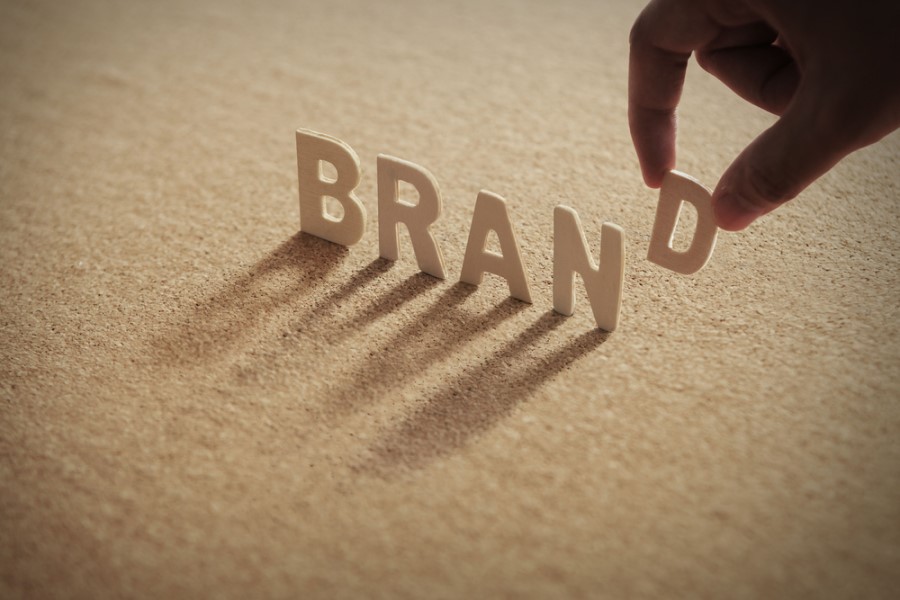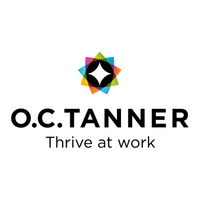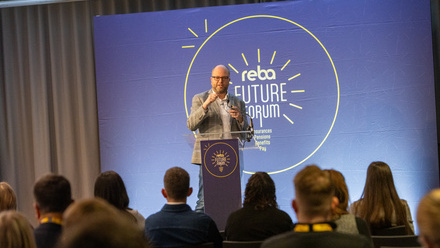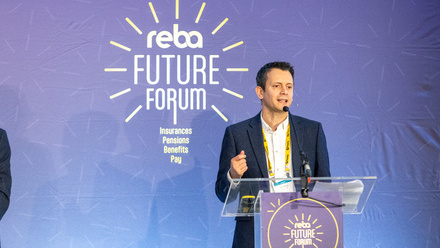The importance of employer brand in engaging staff with their benefits

For reward professionals, this means firmly aligning reward and recognition practices with employer brand to strengthen organisational culture and more effectively engage staff with their benefits.
Employer brand – a culture by design
Those organisations that focus on buzz words, logos and posters to create an employer brand gain no meaningful return. In contrast, workplace cultures that truly thrive, bring tangible business results.
To enable organisations to thrive, companies must focus on how they represent themselves both externally and internally. Transparency is vital as people are demanding to know what makes a company ‘tick’ and whether their own morals and beliefs are compatible with those of the company. Ethics, employment practices and how staff are treated are increasingly important factors which make up an employer’s brand.
At the very heart of an employer brand is its values (and expected behaviours), the very principle of which is rooted in creating a culture by design rather than by default. A strong employer brand is created when the company values start to permeate everyday work, and values-based behaviours are seen as just as important as other, more traditional metrics. An organisation is then created with a strong sense of self and with employees who understand the company’s purpose and how they are expected to behave. Staff will be engaged, feel a strong sense of belonging and be determined to succeed for themselves and the organisation they represent.
Aligning benefits with employer brand
It’s crucial for company reward and recognition practices to be aligned with employer brand to meet with any level of success. This means that any benefits decisions must be values-based, just like any other decision. For example, if the company is building a culture that values wellbeing and caring for people, the choice of healthcare benefits must demonstrate this. If the company’s values focus on appreciating others and celebrating excellence, the reward and recognition practices need to reflect this.
Benefits decisions are important indicators to employees and potential future employees about what’s important to the business and how much value it places on its people. As such, if the HR team ‘shoe-horns’ a range of rewards into the company’s benefits package which are poorly thought through and are perhaps ‘at odds’ with the company’s core values and beliefs, this will do more harm than good.
What happens when brand and benefits are misaligned?
The fallout from poorly considered employee benefits can prove very damaging. After all, any incongruity in how the company behaves will create suspicion, weariness and a growing distrust of the company’s leaders, weakening the employer brand. Of course, staff will also feel less engaged, valued and appreciated.
Take, for example, a company which champions a personalised service and caring approach. If the employee reward and recognition programme consists of uniform gift vouchers handed out to groups of staff with a quick “thanks for your hard work”, what message does this send? The mismatch between employer brand and benefits will do little to engage and motivate.
Putting brand front of mind
A successful employer brand can spark a sense of cause and purpose in a team, which they then pass on to people outside of the organisation through their advocacy, inevitably leading to more sales and more brand loyalty from customers. Staff motivation will be high and there will also be a strong sense of wellbeing. To ensure engagement with employee benefits, reward professionals must harness this and create a carefully thought through benefits strategy that puts employer brand front of mind. Not only will this approach have the greatest chance of success, it will help the company to thrive.
The author is Robert Ordever, managing director of O.C. Tanner Europe.
This article is provided by O.C. Tanner Europe.
Supplied by REBA Associate Member, O. C. Tanner
Giving teams the integrated tools they need when, where and how they need them.







